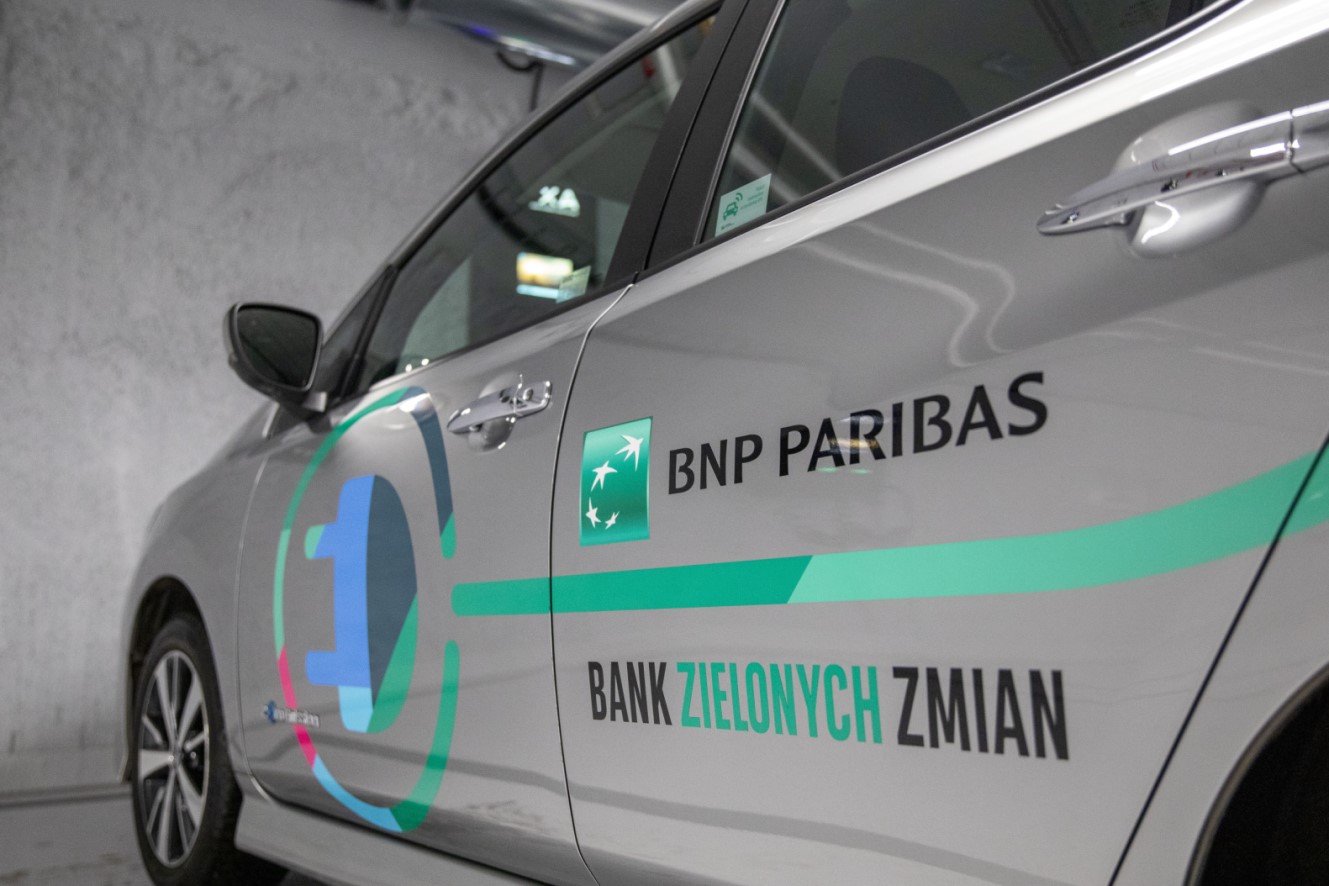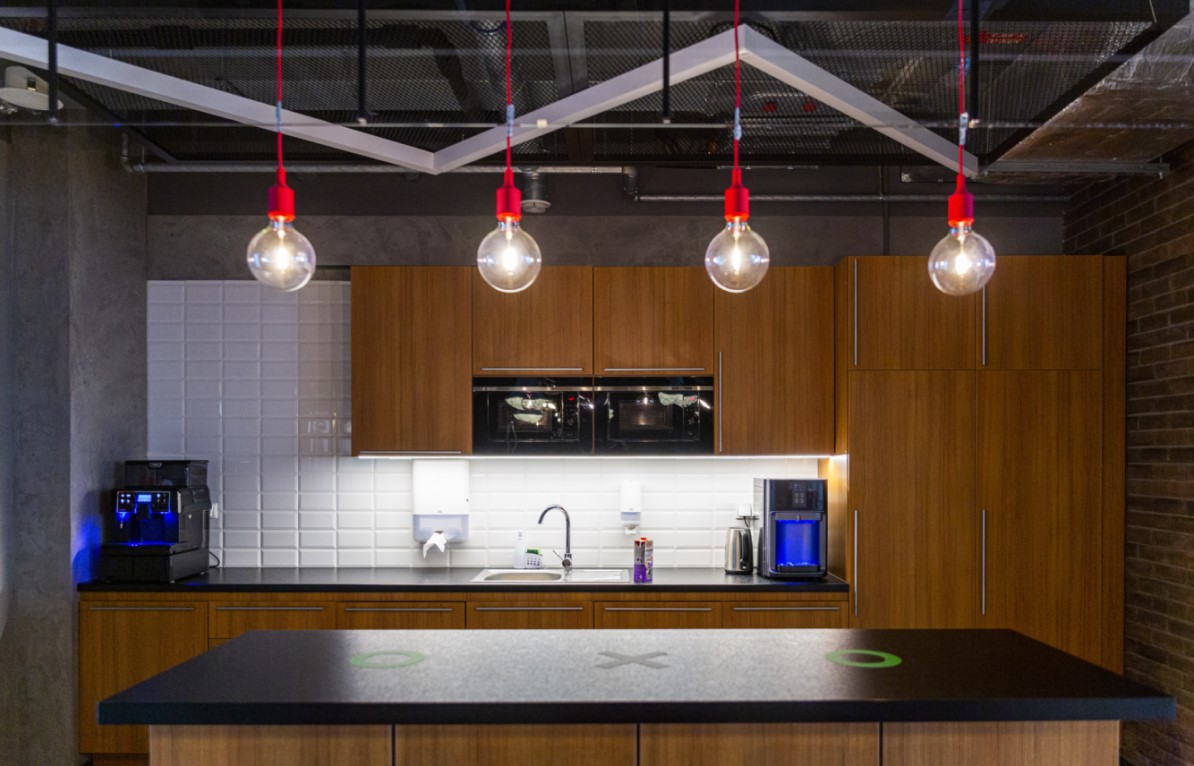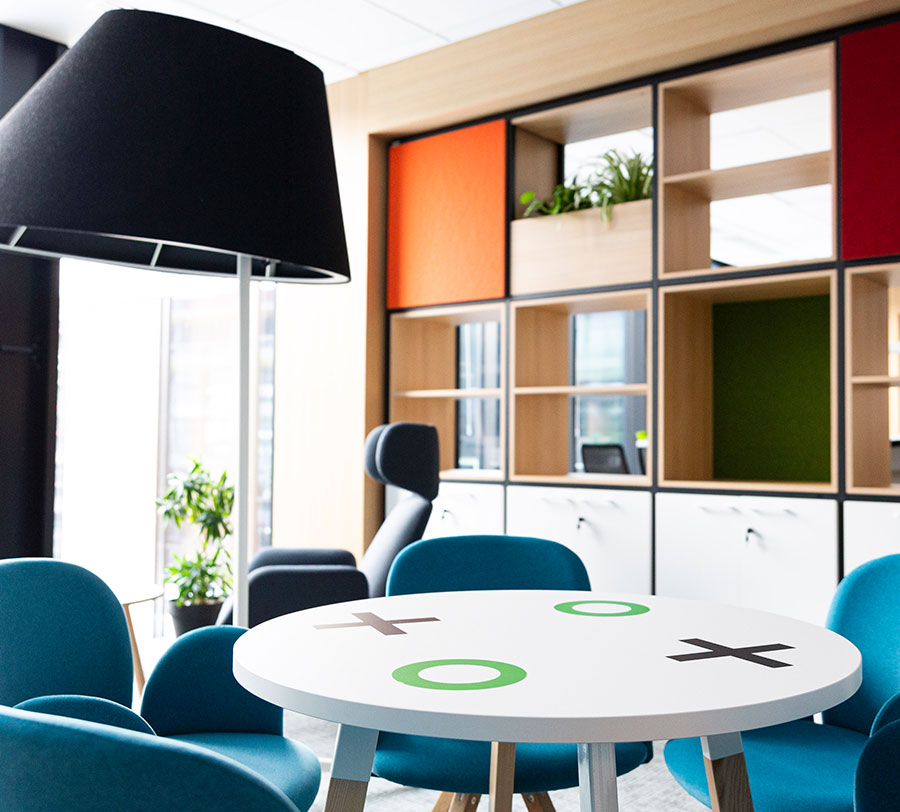The number of electric cars and plug-in hybrids is expected to grow, also among our Customers. Therefore, since 2020, our headquarters in Warsaw (Prime and Petrus buildings) have been equipped with six electric chargers for 16 cars. Charging stations are also planned in our Kraków and Ruda Śląska headquarters
- Fuel consumption by the Bank and BNP Paribas Bank Polska SA Capital Group is identical because the subsidiaries’ business activity is conducted in premises owned by BNP Paribas Bank Polska SA. (with the exception of Campus Leszno Sp. z o.o.).
- Consumption data are obtained from invoices from suppliers of individual utilities. Where source data are not available, they are estimated based on analogous locations where source data are available.
- The Bank has adopted reporting deadlines consistent with those applied by the BNP Paribas Group. Data showing energy consumption and emissions cover the period from 1 November to 31 October of a given year.
- Conversion of fuel consumption into energy expressed in GJ was conducted with the employment of heating values published in the KOBIZE document “Heating Values and CO2 Emission Factors in 2016” for reporting under the Emissions Trading Scheme for 2020 and the analogous document for reporting emissions for 2021.



